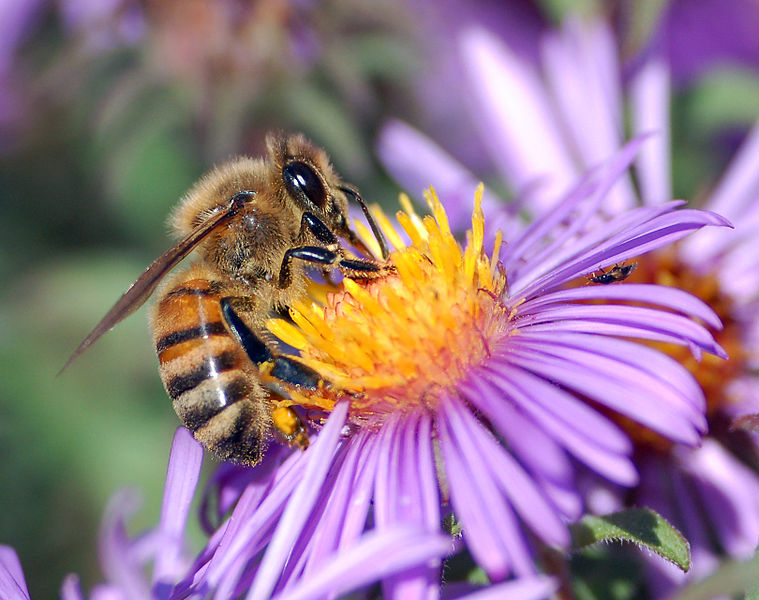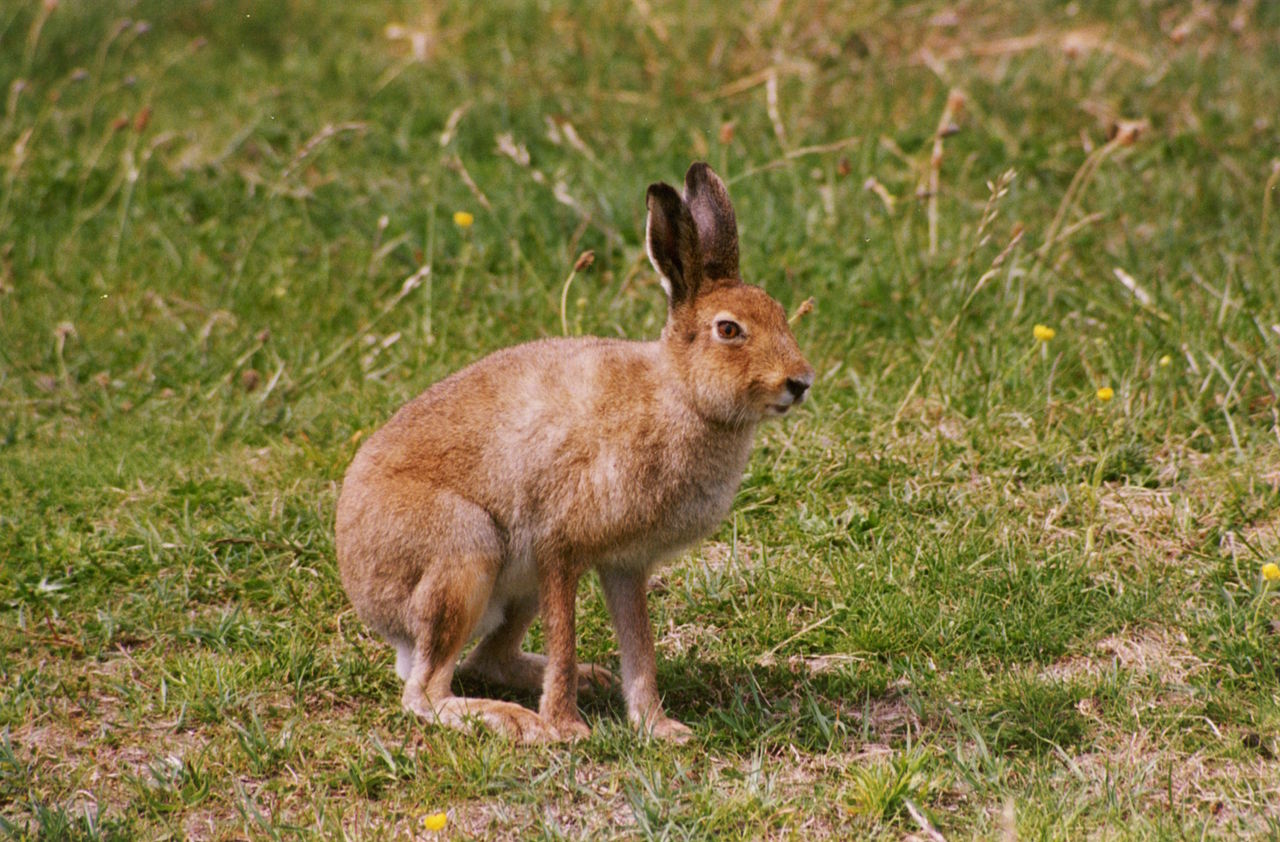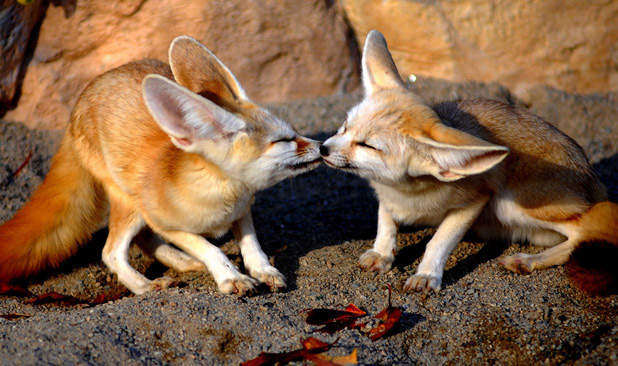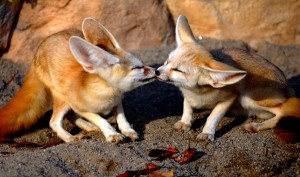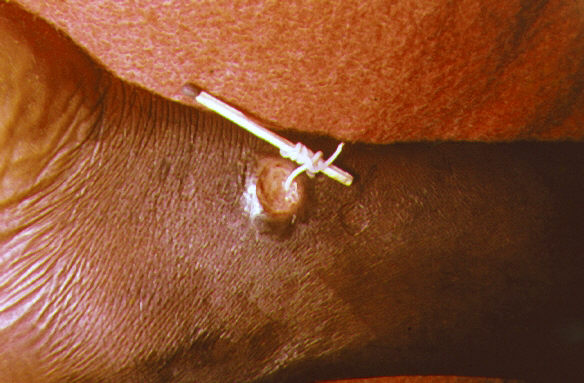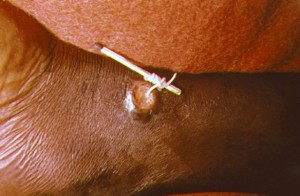
It’s the year 2050. Several billion more humans occupy the world, and species translocations are by now the norm to mitigate against increased urban sprawl, climatic instability and a sea level now a third of a metre higher. In spite of unprecedented demands on the natural environment, governments have slowly developed capacity for conservation of wilderness and semi-natural habitat. Beyond this even, with the vast majority of the human race by now living in cities and the continued trend of rural land abandonment; restoration ecology has come to the fore at entire landscape and regional scales. The concept of ‘rewilding’ is debated openly amongst politicians and the public – no longer the mere theoretical exercise of academics. The monetary value of ecosystem services is also by now a very real and tangible concept within economic circles, embedded within highly developed metrics such as green-GDP. Despite such positive developments, however, problematic legacies of the past remain. Intensification of agriculture has been unrelenting globally, notwithstanding inroads into adoption of agroecosystem approaches. A transition to truly renewable energy sources is still incomplete and of utmost urgency. One of the most critical questions of all most likely still looms – have we yet done enough to put a cap in the peak of this, the sixth great mass-extinction of life on the planet?
And so, it is within this future and none-the-less challenging world we find the modern ecologist and biodiversity practitioner at work.
What kind of new and useful technologies may exist to help tackle such problems and challenges of the not so distant future? It is interesting to deliberate on one low-tech tool in particular (the so-called bread and butter of biodiversity), which has been with us already for centuries – and that is the humble species checklist. Specifically we take a look at the Flora – and although coverage here is rather phyto-centric, it should be easy to draw equivalents to all forms of taxa, without (too) much stretch of the imagination.
So what is a Flora in the traditional sense, why is this changing, and how will the Flora of the Future look and function? To briefly tackle these first two questions, a Flora is primarily a list of plant biodiversity (either with or without diagnostic characters and keys) within a specified geographic range, be it local, national or at larger scales. Outside of this basic function there are the ‘added-extras’, which may include notes on distribution, ecology, synonymy, conservation status and even ethnobotanical use. Often the assemblage of national-level Floras has proven quite a mammoth task; logistically challenging, fraught with funding difficulties, and above all time-consuming – with efforts spanning over several decades for particularly biodiverse countries. This is all very well, and such traditional Floras have and will continue to serve as invaluable tools. In this modern age, however, change is called for to tackle some common short-comings of the Flora. A considerable amount of valuable information collected by taxonomists and other experts in the production process is typically lost, never making its way into the public realm – and when such publications can easily run to over 20 volumes, it is clear to see the major constraints involved. Another key drawback is the sheer speed at which redundancy can occur. Even before the final volume of a Flora is published, taxa (species/genera/families) covered within the first volumes may have long been ripe for new taxonomic treatment.
The revolution in how biological information is collected, stored and disseminated is already greatly influencing the Flora. One of the most recently initiated national-level projects is the Flora of Nepal project, for which advances in biodiversity informatics have permeated the entire process from preparation to publication. Although the Flora of Nepal will still be published in printed format, a (if not the) main focus will be an E-Flora freely accessible online, which will also greatly expand the availability of information assembled by experts. A simple yet very significant feature will be the ease of portability of numerous volumes to the field in digital format. Though perhaps most critically, the Flora of Nepal will be maintained and updated to reflect new findings – creating for the first time, in essence, an evolving Flora.
Before we really begin to speculate on the form and function of our Flora of the Future, we must first take a look to the current cutting edge of biodiversity informatics. In what must be one of the most significant advances in decades, the cooperative development of the Global Biodiversity Information Facility (GBIF) by many governments and organisations has promoted and facilitated the “mobilization, access, discovery and use of information about the occurrence of organisms”. This centralized repository of earth’s biodiversity is fast set to reach one billion indexed records within a few years from now, fed from diverse sources ranging from individuals to national biodiversity data centres. It is difficult to envisage how the Flora of the Future could in any plausible way side-step such a global network. Whereas floras have traditionally featured a top-down, expert driven synthesis – the Flora of the Future will also no doubt integrate the emergent trend of bottom-up assembly of knowledge – a good example of which is currently purveyed by the Encyclopaedia of Life.
Let’s get back now to our future ecologists and biodiversity practitioners, and take a little look in as they go about conducting their fieldwork. No matter what habitat or location they study in worldwide, they will each possess a small handheld device connected to the Flora of the Future. Automation of species identification by means of this device will have removed a large bottleneck in their work – leaving ecologists to focus on actual ecology. No longer will they be bound to a particular geographic territory due to limited floristic familiarity – we will witness a complete opening of boundaries, and greater migration of ‘western’ ecologists to the frontline of areas of global biodiversity importance.
But just how exactly could such a device work? A potential basis could feature a combination of machine-learning morphometrics and DNA barcoding – two presently very promising tools. For the former, development of algorithms for auto-identification of plant species is already well underway (see for example the Leafsnap mobile app). These function much like facial recognition technology, and through input of a digital scan/photo can pinpoint unique morphological characteristics required for successful classification. A key aspect of machine learning is removal of subjectivity by conversion of shapes into numerical descriptions – no need for argument any longer on just how ‘subglobose’ a feature is; the ball is already in motion towards a predictive and integrative taxonomy. Upon scanning a specimen in the field, an image will be broken down into key morphometric characteristics, and referenced against a large central database within the Flora of the Future. The Flora will prioritize this procedure by first referencing against species known to occur within a certain radius from where the user currently stands (a useful feature in itself!). The ecologist, on the spot, may learn that the specimen has a confirmed match, and proceed to download key local statistics of importance. On the other hand, this specimen may in fact represent an extension of the species known distributional range. The finding, however, of no known match in the database could spell discovery of a new species, whereas a positive match with notably low morphometric agreement may indicate new subspecific taxa or otherwise interesting findings (for which DNA barcoding could be employed for further verification in both cases).
Regardless of outcome, the above three scenarios will have allowed for a real-time and in situ solution to identification of species. The exact significance of this process will not only lie in the freeing up of both ecologists’ and taxonomists’ resources, but in the real-time flagging of new discoveries. As it stands, it is expected that discovery of remaining undescribed plant species will be an incredibly inefficient process (given that 50% of the world’s plant species have been discovered by only 2% of plant collectors), despite the vast number of these thought to exist. A recent study examining the exact inefficiency of the production chain from collection to publication uncovered that “on average, more than two decades pass between the first collection of samples of a new species and the publication of the species’ description in scientific literature”. In other words, a specimen of a new species has physically passed through the hands of many people before the simple ‘discovery’ (perhaps after many, many years in a herbarium) that it is something new to science. In this sense, an important function of the Flora of the Future will be instant recognition (perhaps even while standing in the field!) of a new discovery as just that – which can drastically reduce this presently overblown timeframe and waste of resources.
Getting back to the future for now, we see our biodiversity practitioners and ecologists as key players in the advancement of ecological as well as taxonomic discovery, with a highly efficient yet passive ability for discovery embedded within the commonplace tools they use, as they go about their work. With an entirely streamlined approach to field research, and identification no longer a daunting prospect in the study and documentation of biodiversity, we will eventually see the peak of mass extinction pass, looking back behind us. The challenges of tomorrow are no doubt great, and a renewed vigour for the taxonomic process will be critical for progress on these fronts. The Flora of the Future will for the first time sew a seamless line between ecologists and taxonomy; the essential currency of biodiversity.
Author
Paul Egan: eganp5[at]tcd.ie
Photo Credit
Paul Egan



